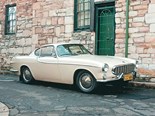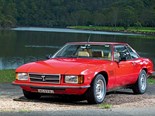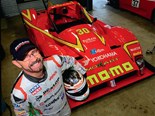Monteverdi: Bygone Brands







|

|

|
Rare big bangers from panel beaters with Enzo aspirations
Monteverdi
From Unique Cars issue #302, Aug/Sep 2009
Switzerland seems an unlikely homeland for a brand that once built some of the fastest cars on the planet. This was the country that opportunistically banned motor sport following Pierre Levegh’s horrifying crash at the 1955 Le Mans 24 Hour and where drivers can still face jail time for exceeding the speed limit by 35km/h.
None of the above seemed an obstacle for specialist vehicle builder Peter Monteverdi. In 1967, after a decade of building competition cars and becoming the world’s youngest Ferrari distributor, he unveiled a V8-powered grand touring car that could be legally used to capacity only on the unrestricted autobahns of neighbouring Germany.
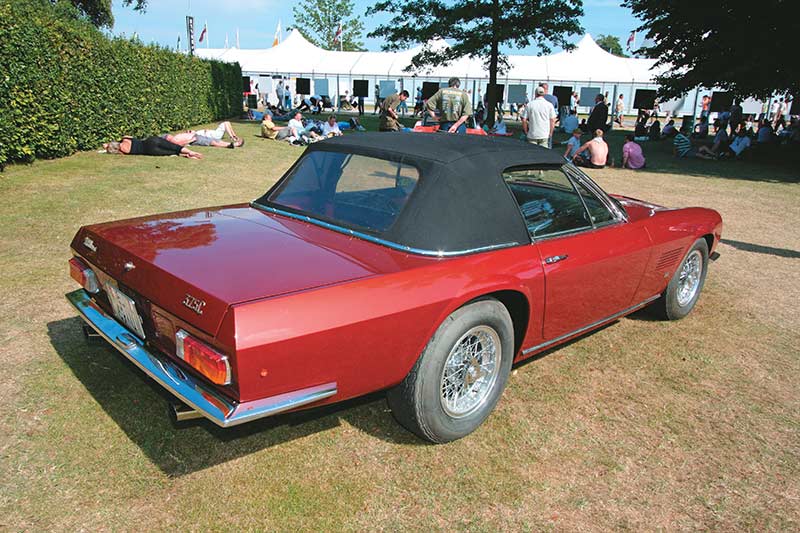
Monteverdi was born into a car-focused family and in 1956 took over his father’s automotive repair business. Five years earlier, a teenaged Peter had built his first sports car and rapidly became a skilled artisan and chassis designer.
Seeking renown as something more than a talented panel beater, 21-year-old Monteverdi secured Swiss distribution rights for Ferrari then founded MBM (Monteverdi-Basel Motors) and began building a range of competition cars.

The first MBMs were DKW-engined Formula Juniors that could reach 215km/h. About 25 were made before Monteverdi broadened the range with an unsuccessful Formula One car (which he crashed at Hockenheim, seriously injuring himself) and some Ford-powered sports cars.
Expanding his sales empire to include Rolls-Royce, BMW and Lancia still didn’t satisfy Monteverdi’s desire for automotive diversity. His ultimate goal was to combine R-R levels of luxury with Ferrari performance, but without the bulk of a limousine or the durability issues that had caused him to clash with Enzo Ferrari.
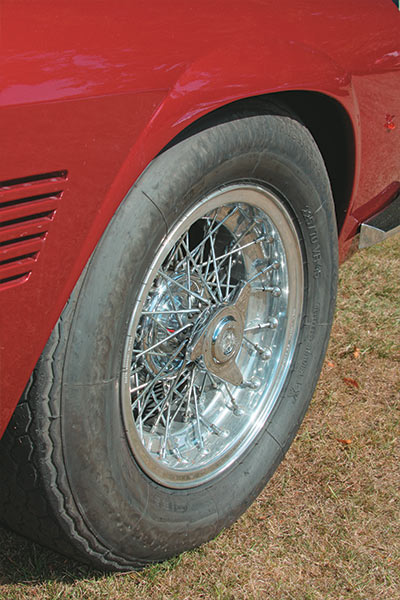 His design for a high quality and very fast grand touring car was centred on Chrysler’s 7.2-litre Magnum engine, Borranis used on early versions. After 12 examples of the Frua car had been built, construction was transferred to the Fissore factory near Turin.
His design for a high quality and very fast grand touring car was centred on Chrysler’s 7.2-litre Magnum engine, Borranis used on early versions. After 12 examples of the Frua car had been built, construction was transferred to the Fissore factory near Turin.
With 375 brake horsepower (280kW), the aptly named 375SS High Speed was an impressive looking brute that appealed to an exclusive market.
The handmade and not particularly well finished cars cost more than a Rolls-Royce and twice the price of the mechanically-similar Jensen Interceptor. A four-seat 375L version was introduced during 1968 and later a limited run 375C convertible.
The four-door 375L was huge and hideous but sales still managed to reach 30 units before it was killed off by the 1970s oil crisis. The final 375-based car was a two-seat version with shortened wheelbase and more angular styling than earlier coupes.
About the only way you’ll own Monteverdi’s fastest and most ambitious model is to buy one of the Matchbox models made during the ‘70s. Just four full-sized examples of the mid-engined, 290km/h Hai were made; their 335kW Chrysler V8s sharing cabin space with the occupants. Two 450SS cars were initially built, but in the ‘90s, Monteverdi relented and built two more; these designated Hai 650s. Both apparently remain in the museum that now occupies Monteverdi’s former showrooms.
While the Chrysler-powered grand tourers made Monteverdi’s name they generated minimal income. The money came from the far more humble but innovative Sahara and Safari 4WDs and the scandalously overpriced Sierra sedan.
Once rising oil prices destroyed the high-performance car market, Monteverdi cheekily created luxury versions of two very basic US models.
With minor modifications, these were transformed into exclusive transport which was keenly sought by (mostly) Middle Eastern customers.
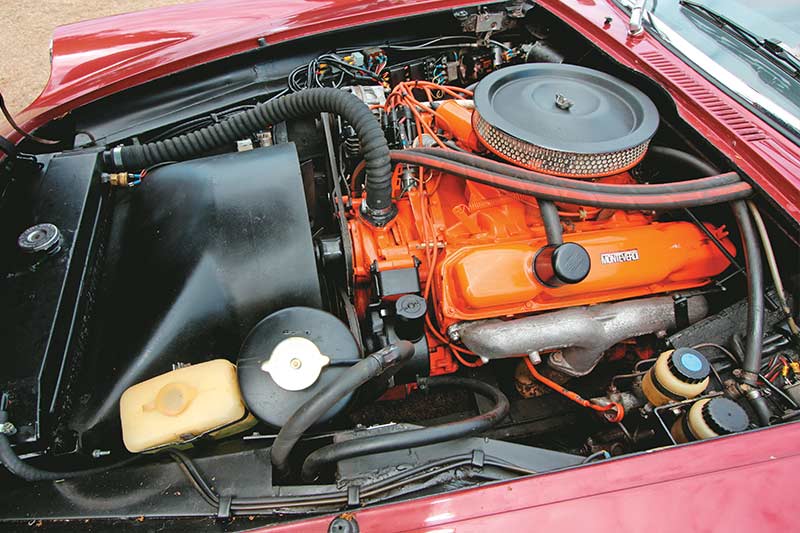
Four-wheel drive Monteverdis were based on the six-cylinder International Scout, with plush leather trim, air conditioning and a four-headlight grille that looks like it was lifted from a Fiat 132.
The first-generation Sahara retained all of the International-Harvester sheet metal, with later Safari versions adopting a Range-Rover-inspired body built by Fissore. Most came with six-cylinder engines, but for buyers who cared little about soaring petrol prices, there was the option of a big V8.
Later there would be a small run of modified Range-Rovers and a prototype military off-roader designated the 230M.
The Sierra sedan, introduced during 1977, was even more fraudulent. This mid-sized four-door was effectively a 5.2-litre Plymouth Volare, which sold new in the US for $3300.
Following a makeover that included revamped front and rear sheet metal, lots of leather and power-operated accessories, Monteverdi’s Sierras sold in Europe for five times the price of the Plymouth. Only 20 sedans, a station wagon and one convertible are believed to have been made.

The unmourned demise of the Volare forced Monteverdi to source an alternative ‘donor’ car; resulting in the Mercedes-based Tiara. Introduced at the 1982 Geneva Motor Show, the W124-based 5.0-litre resembled a shrunken Rolls-Royce Silver Wraith and never made production.
Perhaps the price-tag of 185,000 Swiss Francs prompted even the most spendthrift of sheiks to find other outlets for their petro-dollars.
Monteverdi’s final act was to purchase the struggling Onyx Forumla One team and contest 10 races of the 1990 F1 season before abandoning it as yet another lost cause.
From then until his death in 1998, Peter Monteverdi managed the museum; its 60 vehicles each representing an aspect of his life as a vehicle distributor and Switzerland’s most successful motor manufacturer.
Unique Cars magazine Value Guides
Sell your car for free right here
Get your monthly fix of news, reviews and stories on the greatest cars and minds in the automotive world.
Subscribe

.jpg)









